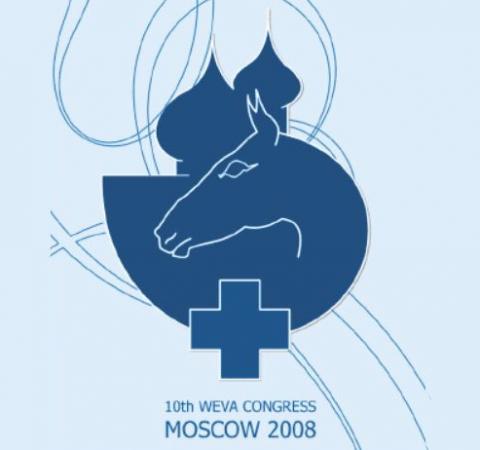Get access to all handy features included in the IVIS website
- Get unlimited access to books, proceedings and journals.
- Get access to a global catalogue of meetings, on-site and online courses, webinars and educational videos.
- Bookmark your favorite articles in My Library for future reading.
- Save future meetings and courses in My Calendar and My e-Learning.
- Ask authors questions and read what others have to say.
Surgical Treatment for Tendonitis and Suspensory Desmitis
Get access to all handy features included in the IVIS website
- Get unlimited access to books, proceedings and journals.
- Get access to a global catalogue of meetings, on-site and online courses, webinars and educational videos.
- Bookmark your favorite articles in My Library for future reading.
- Save future meetings and courses in My Calendar and My e-Learning.
- Ask authors questions and read what others have to say.
Read
Introduction
Whilst rest and medical management remain the mainstay for treatment of tendon ligament injuries, there is a role for surgical intervention. The most important site for this is in hindlimb proximal suspensory desmitis, which carries the poorest prognosis with conservative management. Thus the majority of this presentation will concentrate on this condition.
Hindlimb Proximal Suspensory Desmitis
Ligament splitting (desmoplasty)
Ligament splitting has been performed for many years, without ever gaining full acceptance for regular use. There is a rationale for its use in decompressing an acute core lesion. Hewes and White (2006) have described ultrasound guided percutaneous ligament splitting under general anaesthesia for the management of chronic hindlimb PSD, with encouraging results. 20 out of 23 horses with hindlimb PSD returned to full work after treatment. However, there is less decompression than can be achieved with the open surgical technique which I will describe later. I have used the technique successfully in a small number of cases where the block pattern did not support performing a selective neurectomy.
Osteostixis
The drilling of multiple holes into the region of the origin of the suspensory ligament was originally described for the treatment of non-healing fractures in this region but has also been employed for the management of PSD (Launois et al 2000). This is a relatively crude technique however, and there must be questions over its benefits in a true case of desmitis; although there is logical application in the management of non-responsive bone-related pain. I use it in combination with plantar metatarsal neurectomy and fasciotomy for treating hindlimb PSD with a component of bone or enthesis-related pain, as diagnosed by the response to local analgesia being better to local infiltration than to blocking the deep branch of the lateral plantar nerve. [...]
Get access to all handy features included in the IVIS website
- Get unlimited access to books, proceedings and journals.
- Get access to a global catalogue of meetings, on-site and online courses, webinars and educational videos.
- Bookmark your favorite articles in My Library for future reading.
- Save future meetings and courses in My Calendar and My e-Learning.
- Ask authors questions and read what others have to say.




Comments (0)
Ask the author
0 comments